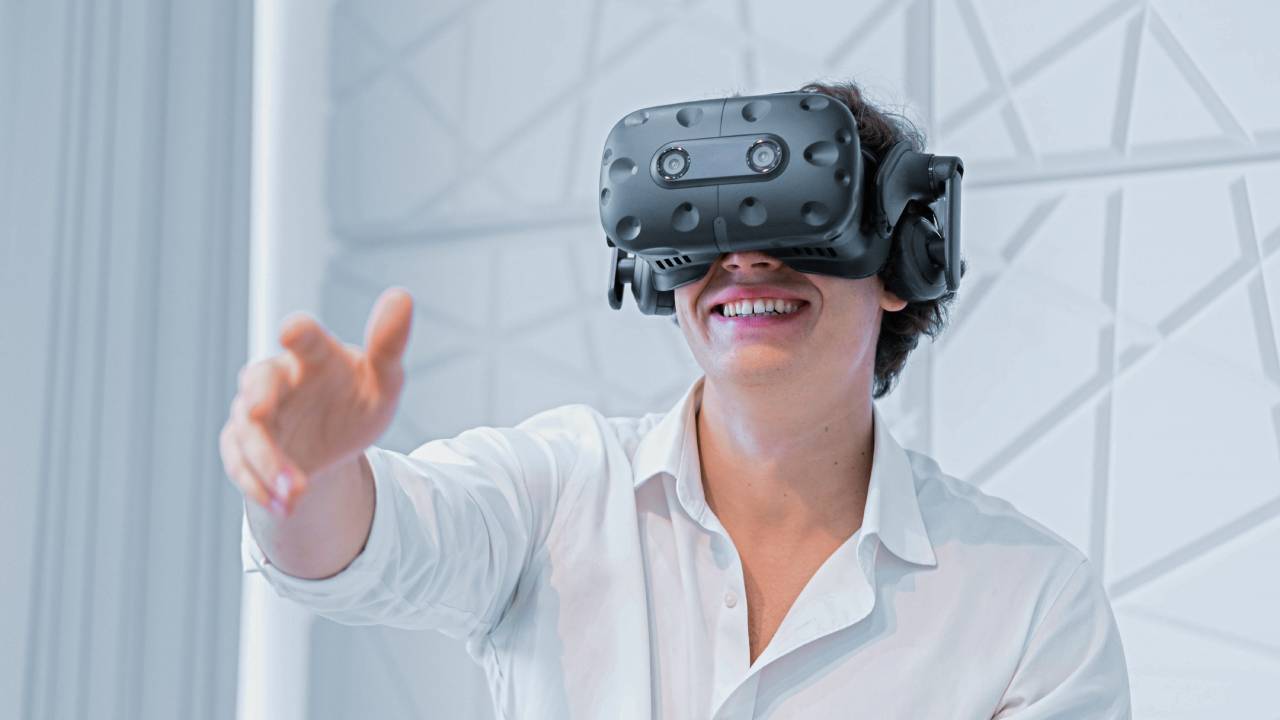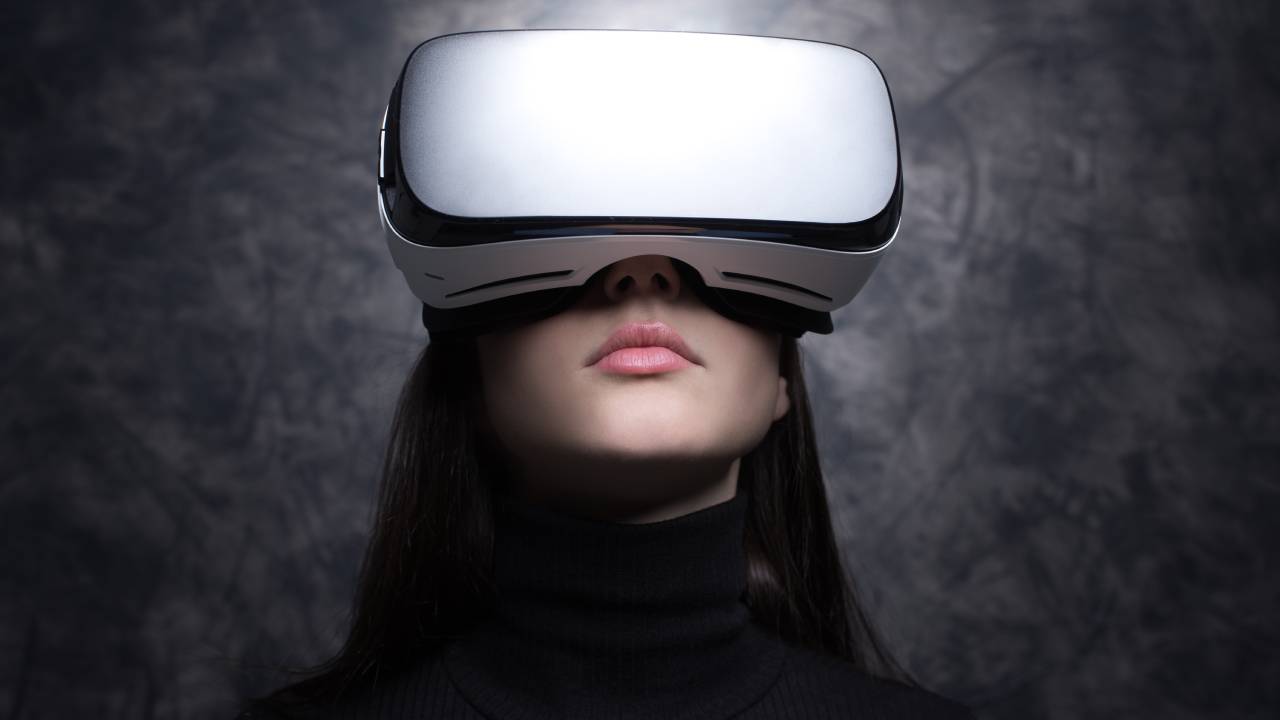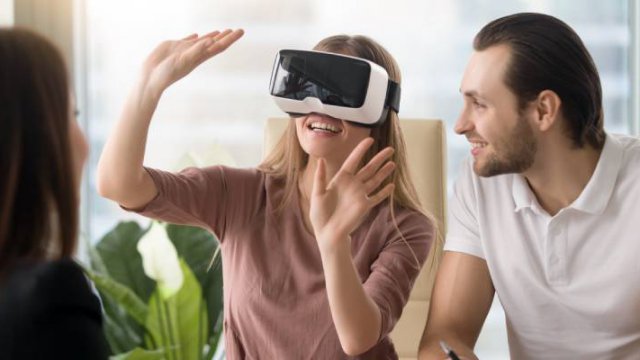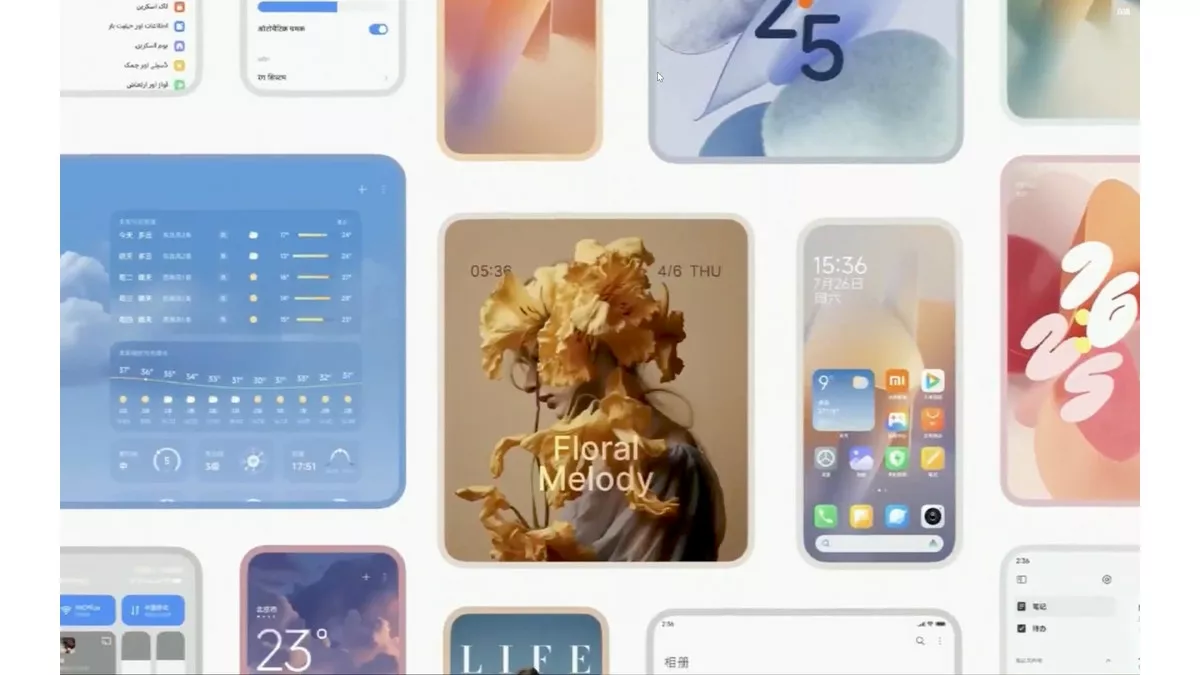with Virtual Reality – often abbreviated to VR – Refers to a technology that exploits simulation tools for a real environment. Through the use of special devices such as Helmet the viewers, the user can immerse himself in a fantasy world, as a result of projecting himself. The reproduction of sounds and the possible use of specific gloves that simulate tactile stimuli, are able to ensure that the individual is completely isolated from the outside world and has the impression that he is already in that environment.
Virtual reality technology is now used in many areas: not only for video game purposes, but also for Military training And to get scientific reseach. For example, they are widely used in studying the properties of microscopic systems such as biomolecules.
Not many know that before using a VR viewer, you should know your accuracy The distance between the pupil – otherwise called IPD – To set the device. This is a very important parameter to enjoy an optimal visual experience and to avoid annoying ailments, such as nausea or eye strain. Fortunately, this measurement is not difficult and there are several homemade ways to get fairly accurate results, without having to go to a specialist.
Virtual Reality: What is IPD and why is it important

Our eyes naturally use what is called Stereoscopic vision (or microscope) to perceive Depth What do we notice? To achieve this, the brain processes the captured images from two different perspectives and exploits similarities and differences to generate a three-dimensional image. the 3D movie And VR viewers can create two slightly different images to replicate this effect.
In fact, even seeing with only one eye is specifically called singleContributes to depth perception. Some movies use it to create a kind of forced perspective, which uses large images in the foreground and small images in the background to give the scene three-dimensionality. To get the most out of stereoscopic and mono vision, VR devices need to know The distance between the pupil. Correct setting of this parameter ensures optimal focus to display clearer images and a user experience that is closer to the real image.
It is clear that everyone’s IPD is different and the brain is able to automatically carry out its processing based on this value. Speech is very different for VR viewers, who need input from the user to set the parameter. In fact, a misunderstanding of depth can lead to eye strain, due to the compensatory work they have to do.
To get a more or less accurate idea, it’s like wearing glasses that don’t have the right shade.
Some of these devices support a known range of IPD devices so that the user can choose the most suitable solution. Once worn, they can be quickly calibrated to their value via the physical buttons, as long as you already have a rough idea of their exact size.
How is IPD . measured?

To measure yourself, you can use one Mirror and ruler. Just stand in front of the mirror, look directly into your eyes, put a zero from the ruler in the center of one of the pupils, and note the value at which the other is placed. The result is that the more we hold ourselves close to our reflection and are able to keep the ruler in a horizontal position.
A variation of this method is to place the ruler directly on the forehead, so that someone else will measure the IPD. Alternatively, you can resort to the so-called IPD ruler, It is a special tool for measuring distance from pupils. Its shape is similar to the shape of a caliber: Just align the thin vertical threads at the pupils and read the resulting value on the rod.
Some smartphone apps can also come to our rescue: eye measurementon devices iOS, e glasseson devices Android, allows you to measure the interpupillary distance quite accurately as long as the camera has a good distance depth sensor.
Some VR headset models allow you to measure IPD in a somewhat approximate way: just make the adjustment via physical button The choice of value is based on visual perception. The sharper the image, the closer to the exact value. For better calibration, can Read the text with one eye Via VR Viewer. The device will display the selected value and will be useful for future adjustments.
In addition to the actual measurement – however accurate it may be – you should depend above all on your feelings.
In fact, if we keep detecting poor sharpness in photos or experience eye strain, we should try adjusting the IPD to find the setting that causes us fewer problems.

“Web fanatic. Travel scholar. Certified music evangelist. Coffee expert. Unapologetic internet guru. Beer nerd.”





